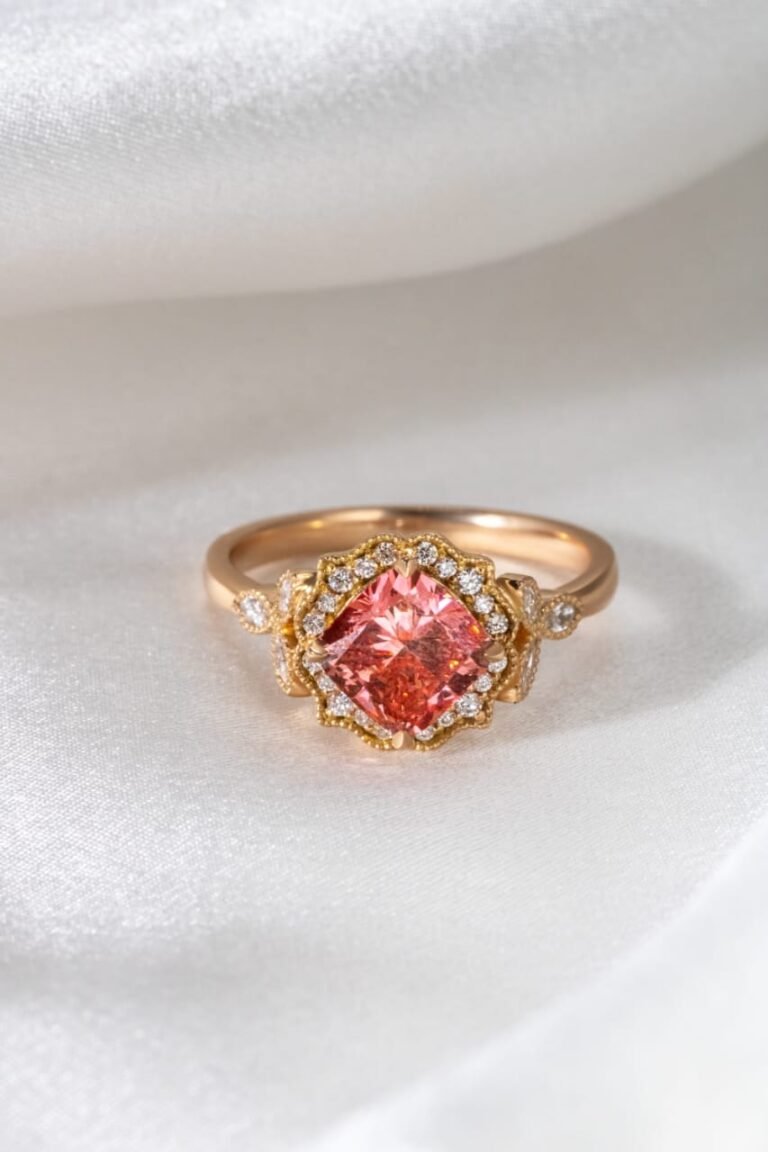Stellite welding, a testament to human ingenuity, offers a powerful solution for industries grappling with wear, corrosion, and thermal challenges. Developed in the early 1900s by Haynes Stellite Company, this specialised process involves applying a layer of Stellite alloy onto metal surfaces to boost their resilience. Renowned for its exceptional hardness and ability to endure extreme temperatures, Stellite alloy, a cobalt-based material, has become a mainstay in industries demanding longevity and peak performance.
Unveiling the Key Features and Benefits of Stellite Welding
Stellite welding offers a compelling solution for extending the lifespan and performance of critical components across various industries. Here’s a deeper dive into its key features, applications, processes, and considerations:
- Exceptional Hardness: The Bedrock of Durability
Stellite alloys shine with their remarkable hardness. Imagine a protective shield – this exceptional property allows Stellite to combat wear and tear effectively. By significantly increasing a component’s surface hardness, Stellite welding significantly reduces abrasion, a major culprit behind component failure. This translates to a longer lifespan for your equipment, saving you time and money on replacements.
- Superior Wear Resistance: Standing Strong Against Friction
Friction is a constant battle in machinery. Stellite emerges victorious in this fight. Its superior wear resistance makes it ideal for environments where components experience high levels of friction. This translates to less wear and tear on your valuable equipment, ensuring it maintains its functionality and performance over extended periods.
- Corrosion Resilience: Unfazed by Harsh Environments
Not only does Stellite combat wear, but it also stands strong against corrosion. Even in harsh environments filled with corrosive elements, Stellite remains robust. This exceptional property protects components from degradation, ensuring they function reliably for longer. This is particularly valuable in industries like oil and gas, where equipment is exposed to harsh chemicals.
- High-Temperature Tolerance: Taming the Heat
Imagine a material that remains unfazed by intense heat. That’s Stellite. Its ability to withstand elevated temperatures without compromising its hardness makes it a go-to choice for applications with demanding thermal conditions. This is crucial in industries like power generation and aerospace, where components operate under extreme temperatures.
Applications Across Industries: A Versatile Hero
Stellite welding isn’t a one-trick pony. Here’s a glimpse into its diverse applications:
- Precision Cutting Tools: Stellite-coated cutting tools maintain their sharpness and durability for longer, leading to cleaner cuts and improved efficiency in various machining operations.
- Reliable Valve Components: Valves are critical for controlling flow in various systems. Stellite welding ensures these valves resist wear and corrosion, promoting reliable operation and preventing costly system failures.
- Long-Lasting Bearings and Sleeves: Bearings and sleeves are constantly battling friction. Stellite welding enhances their longevity by minimising wear, reducing maintenance needs, and minimising downtime in your operations.
- Ensuring Efficiency and Safety in Aerospace and Power Generation: Turbine blades and similar components in these industries face extreme conditions. Stellite welding safeguards their functionality, ensuring operational efficiency and safety in these critical systems.
The Art of Stellite Welding: A Step-by-Step Process
Stellite welding involves a meticulous process for optimal results:
- Preparation is Key: Just like painting a masterpiece requires a clean canvas, proper surface preparation is crucial for Stellite welding. This ensures a strong bond between the Stellite alloy and the base metal.
- Application Techniques: Various welding techniques are employed depending on the specific application. TIG, MIG, or PTA welding are commonly used to precisely deposit the Stellite layer onto the substrate.
- Post-Weld Treatment: To fine-tune the properties and dimensions of the welded area, heat treatment or machining may be performed after the welding process.
A Spectrum of Stellite Alloys: Choosing the Right Weapon
Just like different tools are chosen for specific jobs, there are various Stellite alloys available to cater to different needs:
- Stellite 6: This well-rounded alloy offers a balanced combination of wear resistance, toughness, and corrosion resistance, making it a popular choice for diverse applications.
- Stellite 12: When extreme wear is the primary concern, Stellite 12 steps up. This alloy prioritises enhanced wear resistance and hardness, ideal for situations involving intense wear and tear.
- Stellite 21: For applications demanding superior corrosion resistance and toughness, Stellite 21 is the champion. Its higher chromium content provides this additional layer of protection.
The Powerhouse Advantages of Stellite Welding
Stellite welding offers a compelling package of benefits:
- Durability: By significantly extending the lifespan of components, Stellite welding reduces the frequency of replacements, saving you money in the long run.
- Efficiency: Minimised downtime and maintenance needs translate to improved operational efficiency, maximising your productivity and output.
- Versatility: Stellite welding is applicable to a wide range of base metals and components, offering flexibility in its use across various industries.
Considerations and Limitations: A Balanced View
While Stellite welding offers phenomenal advantages, it’s important to consider these points:
- Cost: Stellite alloys can be expensive, impacting overall project costs.
- Expertise Requirement: Skilled welders and specialised equipment are necessary for optimal results.
- Brittleness: High hardness may result in brittleness, necessitating careful consideration of application suitability.
Environmental Considerations: A Responsible Approach
Stellite welding, like many industrial processes, necessitates a responsible approach. While the durability it offers can lead to reduced material waste from frequent component replacements, disposal of spent Stellite materials requires following proper environmental regulations. Additionally, the welding process itself can generate fumes containing hazardous elements. Implementing proper ventilation and adhering to safety protocols are crucial for protecting workers and the environment.
Alternatives to Stellite Welding: Broadening the Horizon
Stellite welding isn’t the only solution for enhancing wear and corrosion resistance. Other methods include thermal spraying, which involves applying a molten metallic coating, or cladding with different materials like ceramics or carbides. However, Stellite welding stands out for its exceptional combination of hardness, wear resistance, and corrosion tolerance. It often provides a longer service life compared to these alternatives, making it the preferred choice for critical components in demanding applications.
Conclusion
Stellite welding stands as a testament to human ingenuity, providing solutions to industries grappling with wear, corrosion, and thermal challenges. Developed in the early 1900s, it has become an essential tool for extending the lifespan and performance of critical components. While careful consideration of cost and application suitability is essential, Stellite welding remains a powerful technology, pushing the boundaries of durability and performance, ensuring the reliability of systems across diverse industries. As technology evolves, we can expect further advancements in Stellite welding and its applications, furthering human progress in various fields.
















+ There are no comments
Add yours